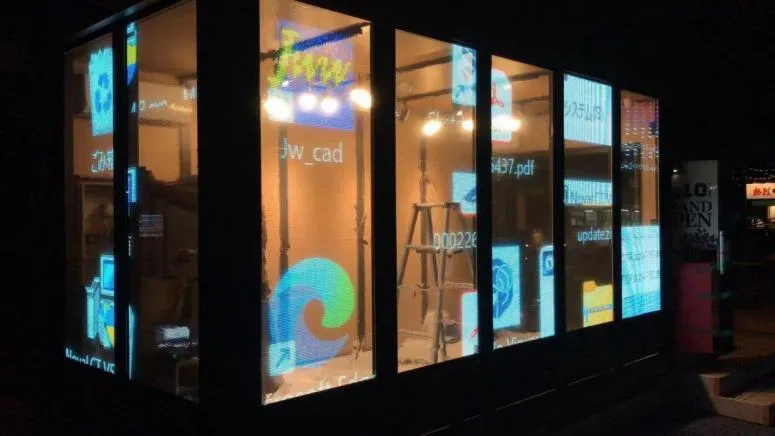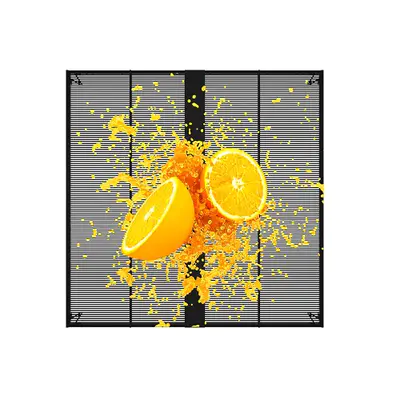What is transparent TV screen?
What is transparent TV screen? Transparent TV screen, also known as a transparent OLED (Organic Light-Emitting Diode) display, represents a revolutionary advancement in display technology that seamlessly blends the digital world with the physical environment. Unlike traditional television screens, which are opaque and solid, transparent TV screens are designed to be see-through when the display is turned off, allowing viewers to see objects behind the screen.

How Does a Transparent TV Screen Work?
Transparent TV screens use OLED technology, which consists of thin organic materials sandwiched between two conductive layers. When an electric current is applied, these organic materials emit light, creating images on the screen. What sets transparent OLED displays apart is their ability to emit light only when necessary. When a pixel is "off," it remains transparent, allowing light to pass through.
This unique property makes transparent TV screens perfect for various applications, from commercial displays to cutting-edge home entertainment systems.
Here's a closer look at some of the key aspects of transparent TV screens:
1. Transparency:
1). When the screen is off, it appears entirely transparent, providing an unobstructed view of whatever is behind it.
2). This transparency allows for a more immersive viewing experience, as viewers can see both the on-screen content and the surroundings simultaneously.
2. High Image Quality:
1). When the screen is turned on, the OLED technology delivers high-quality, vibrant images with excellent color accuracy and contrast.
2). These displays support both Full HD and 4K resolutions, ensuring a sharp and detailed viewing experience.
3. Versatility:
1). Transparent TV screens are versatile and can be used in various settings, including retail stores, museums, corporate offices, and even residential homes.
2). They can be used to create eye-catching promotional displays, interactive exhibits, and innovative home entertainment systems.
4. Interactivity:
1). Some transparent TV screens are designed with touch or gesture-based interactivity, allowing users to engage with on-screen content directly.
2). This feature makes them ideal for interactive presentations, product showcases, and educational displays.
5. Design Aesthetics:
1). Transparent TV screens offer a futuristic and minimalistic design that blends seamlessly with modern interiors.
2). They can be integrated into furniture, partitions, and architectural elements, adding an element of sophistication to any space.
Applications of transparent TV screen:
Transparent TV screens have a wide range of applications:
1. Retail: Transparent displays are used for product showcases, advertising, and creating interactive shopping experiences.
2. Hospitality: Hotels and restaurants use transparent screens for information displays, menus, and entertainment systems.
3. Museums: Transparent screens enhance the viewing experience of exhibits and historical artifacts.
4. Corporate: In boardrooms and offices, these screens are used for presentations and video conferencing.
5. Residential: Some homeowners incorporate transparent TVs into their homes as innovative entertainment centers.
6. Automotive: Transparent displays can be found in the windshields of certain vehicles, providing heads-up displays for drivers.
7. Advertising: Transparent screens are also used for dynamic advertising displays in public spaces.

Transparent TV screens are a testament to the ever-evolving world of display technology. They have the potential to transform how we interact with digital content in our physical surroundings, offering a glimpse into the future of immersive and integrated displays. As technology continues to advance, we can expect even more innovative applications for transparent TV screens in the years to come.








